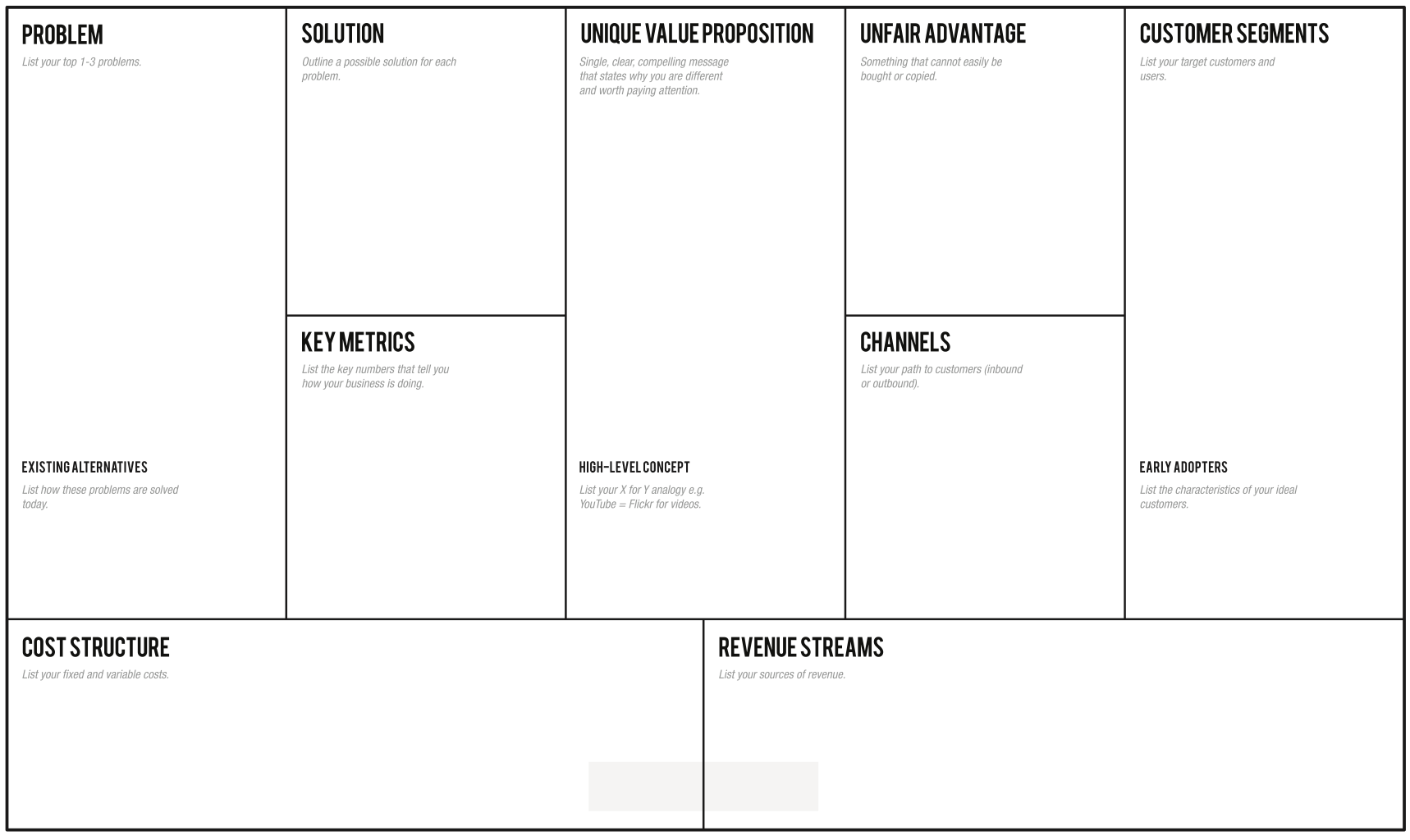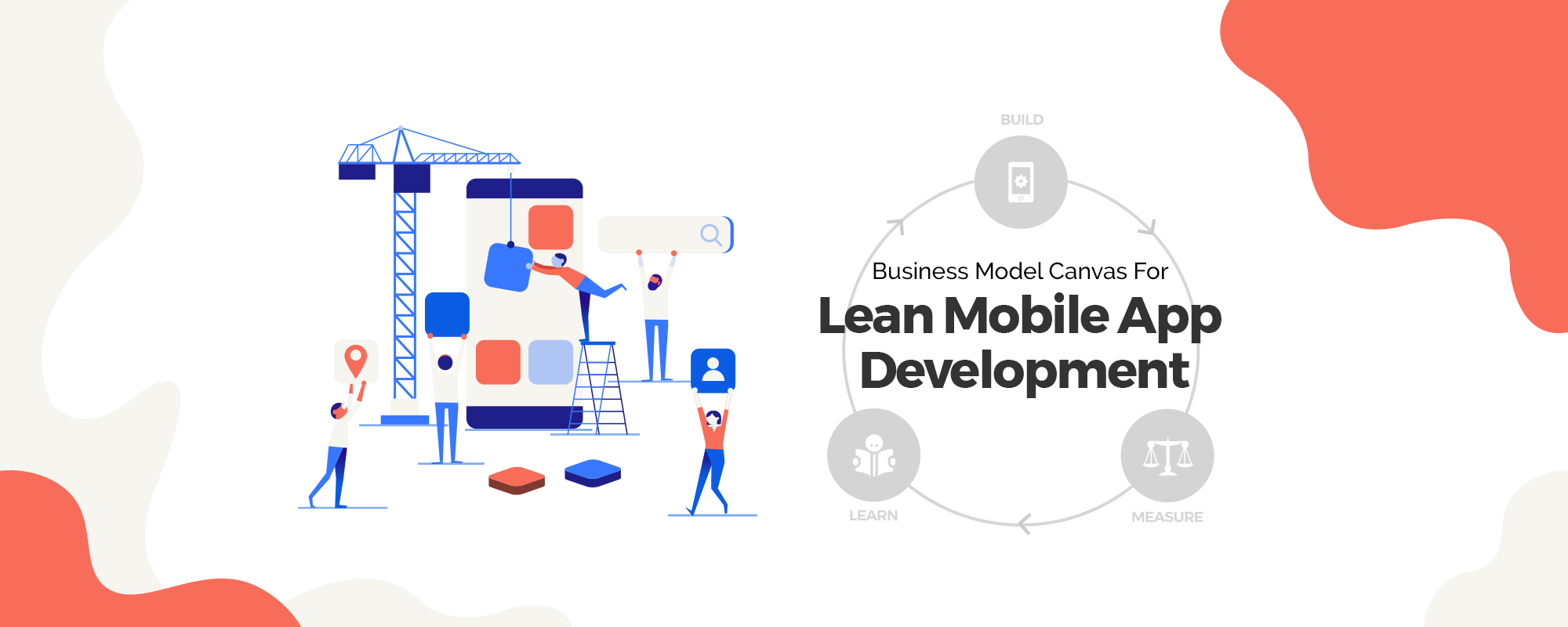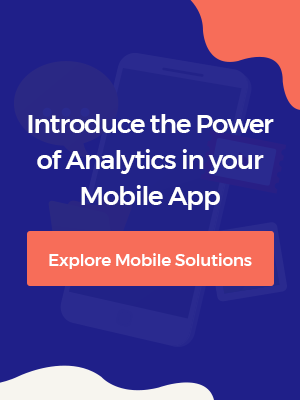Customer’s expectations of what their mobile apps can do are high as they are looking for consistent quality of services and streamlined experience. Therefore, developing a custom mobile application that can retain users is not an easy thing. Being a key factor that determines the success of an application, retaining users is one of the most crucial metrics in the process of mobile app development.
By keeping a check on the current and future mobile app development trends, businesses can gain a competitive advantage that can help them attain significant growth.
First, ask yourself the following questions:
- Who is your target audience?
- Why they need your app?
- How will they find out about your app?
- Why would they download your app?
- Which device to develop for?
The mobile landscape is rapidly evolving and to survive in the market, leveraging lean thinking would be the ideal option. It has characteristics such as small development teams, high environmental volatility, and short development cycles.
The lean canvas is incredibly useful throughout the custom mobile application development process. It is an ideal method for app development to incorporate customer validation and maximize customer value. It helps one to figure out what customers actually want.
Following are the reasons for applying the lean methodology to mobile app development:
- Mobile app development works well with short iterations (due to smaller cycle times).
- Early prototyping is very important in mobile testing.
- Mobile app development requires a high degree of collaboration with customers.
- Continuous integration is not so common in mobile testing.
- Using lean methodology, startup can develop a mobile application in a cost-effective way.
- It engages customers throughout the app development cycle.
- Less wastage of time, less financial risk, and lower cost.
- It measures how customers behave.
- Lean approach tackles both market validation and product parallelly (using short iterations).
Lean Business Model Canvas for Mobile App Development

Lean Canvas is a fast, concise, and effective adaptation of business model canvas which was designed by Alexander Osterwalder. It focuses on problems, solutions, competitive advantages, and key metrics. The idea behind lean canvas is to make it easier for entrepreneurs to map out important key points so that they can get a clear and precise picture of their business idea.
Following are the 9 segments of the lean business model canvas:
Problem
In this section, you write a brief description of at least 3 top problems that a customer segment is facing. Identify pain points and understand their needs and challenges. To get a better understanding of the problem, you can conduct:
- User Interviews
- User Tests
- Surveys and other relevant Questionnaire
Search for Existing Alternatives
There are competitors of your future business and it’s important to identify them. Here are a few questions to ask yourself:
- What products or services already exist as alternatives to what you are planning to offer in your app?
- How else can your customers solve their problems?
Customer Segments
Both the problem and customer segments section are viewed as intrinsically connected. In this section, you have to determine your user base.
- Who is your audience?
- Do these people work in a specific industry?
- Do they have specific job titles?
- Is there any similarity in their demographics?
The Concept of Early Adopters
- Who will come first to try your app?
- Why will this group want your app first?
Identifying early adopters is crucial as your first version of mobile app will revolve around their needs.
Benefits of Finding Early Adopters
- You can make necessary changes or revisions by getting feedback from early customers.
- Early adopters will always stand behind your app and even encourage others to check it out.
Solutions
Talk to your customer segments to find their expectations. Define the features your mobile application offers to solve the problems of your customer. This will help you to get started with the solution process.
Unique Value Proposition (UVP)
Defining UVP sets out the value that your mobile app will provide. It must give a clear statement to your customers; why your app is different and worth buying? By reading your UVP, the customer must understand that he found exactly what he needs or looking for.
A good UVP should be:
- Easy to understand (in about 3-5 seconds).
- Easily communicate the benefits a customer receives by using your mobile application.
- Able to clearly explain why your mobile application is unique and better than competitors.
How to craft a good UVP?
- Target early adopters: Always remember that at this point of time, your product is not ready for the mainstream audience. Your UVP should target early adopters with a clear, relevant, and specific message.
- Focus on Benefits: Your UVP should focus on the benefits that your customers drive after using your mobile application.
- Answer what, who, why: A good UVP should clearly and directly answer questions such as: what is your app about, who the customer is, and why they should choose you?
Channels
To find and connect with your customer segment is the most difficult thing. While there are a plethora of channels, some may be inapplicable to your mobile application. To find relevant ones, ask yourself the following questions:
- How will customers come into contact with your mobile app?
- From where they will first learn about your mobile application?
- Will it be through advertising?
- Will it be through social media? If yes, which sites?
Different stages to improve engagement over mobile:
Before Purchase
- Social media platforms
- Word of mouth
- Advertising
During Purchase
- Your mobile app or main website
- Conversations with your team members (sales or other)
- Catalogs
After Purchase
- Email updates or messages on the launch of new features in your app
- Customer feedback surveys
- “Thank you” notes
Important Channels to Consider
Blogging, social media, push messaging, pay-per-click (PPC) advertising, cold calling, word of mouth, trade shows, and customer interviews.
Revenue Streams
Your pricing model is an important part of your lean canvas as it will help you answer questions such as:
- Where is your money going to come from?
- How much are customers willing to pay?
- What’s the minimum you can charge to meet your goals?
Top 5 revenue streams: Usage Fees, subscription fees, asset sales, delivery or installation fees, and advertising.
Cost Structure
What you charge is the most crucial thing to get right as it determines your positioning. Here are a few important questions to consider:
- What will be your total monthly running costs?
- How much will market research cost?
Freemium – Highly Cost-Effective Model
It is a marketing tactic to fill your pipeline with potential prospects. Get users to try your service for free and then up-sell them into the right premium plan after some time.
Key Metrics
Key metrics help you to track and evaluate the success of your mobile app. Fill in the sections with key metrics that are most important i.e. metrics that track consumer engagement and usage of your mobile application.
Important questions to consider:
- What activities drive your mobile app usage?
- Which statistics/figures indicate how well your mobile app is doing?
Unfair Advantage
You have to mention the special and unique qualities of your mobile app that cannot be repeated by your competitors.
Following are some examples of unfair advantage:
- Personal Authority: Being able to build a reputation as an authority in the industry in which your mobile app will serve as a great unfair advantage.
- Community: Loyal customers, partners, and users help you to add more value to your app business. This highly motivated die-hard team will always back your application.
- Inside Information: Having a deep understanding of the industry you serve and knowledge of pain points is an absolute advantage to have.
- Unique talent: If your team is loaded with people who can think out of the box, you are set to win in the competition.
One Metric That Matters
There are dozens of metrics but what’s difficult is to determine which matters the most. One Metric That Matters (OMTM) is a single metric that you should be taking care of at a given point in time.
Following are some of the metrics that are important for scaling and measuring the success of your mobile app. You can choose the one according to your own business requirements:
- User Retention: It is measured by calculating the number of users that return back to the mobile app after the first visit. You can raise the rate of app retention by keeping the app updated with the latest features.
- Session Length: It measures the duration for which your mobile app is used or how much time a user is spending on your application. Give a reason to your users for interacting with your application every day in order to improve session intervals.
- User Acquisition Cost: The total cost spent to acquire a customer or converting a user into customer including marketing, advertisements, and all other costs. To cut down user acquisition cost, you can boost the conversion rate and utilize marketing automation.
Challenges in Applying Lean Methodology to Mobile App Development
Lean Methodology isn’t perfect. It requires excellent documentation and a highly skilled team. There are chances of getting off-track as the outcomes are not clear. Also, excessive flexibility sometimes leads the developer to lose focus. When lean thinking is specifically applied to build mobile apps, the following types of challenges emerge:
High Design Bar: In lean methodology, a developer is trying to validate an initial concept with a series of experiments. However, the poor design can lead to negative feedback which tends the developer to give a more polish design in order to test out the hypothesis. In the case of a lean startup, the developer is often found stuck between a poorly-designed prototype (which may interface with testing) and an over-polished app (which is both costly and time-consuming).
Apple’s App Store Submission Cycle: Apple’s app store review process causes major delays between the time an app iteration is ready for release and the time it actually goes live. Because of this, it’s difficult to run an agile cycle with a required velocity and rhythm through a loop with the customers.
Mobile App Development Service That Adds Value for your Customers
Day-by-day, we are entering into an era where interaction points are going to be early and across devices of all types. Mobile apps should be designed in such a way that they leverage all those interaction points in a manner that are contextually relevant to the user. Leveraging a lean canvas for custom mobile app development is the right way to achieve success online and offline.



